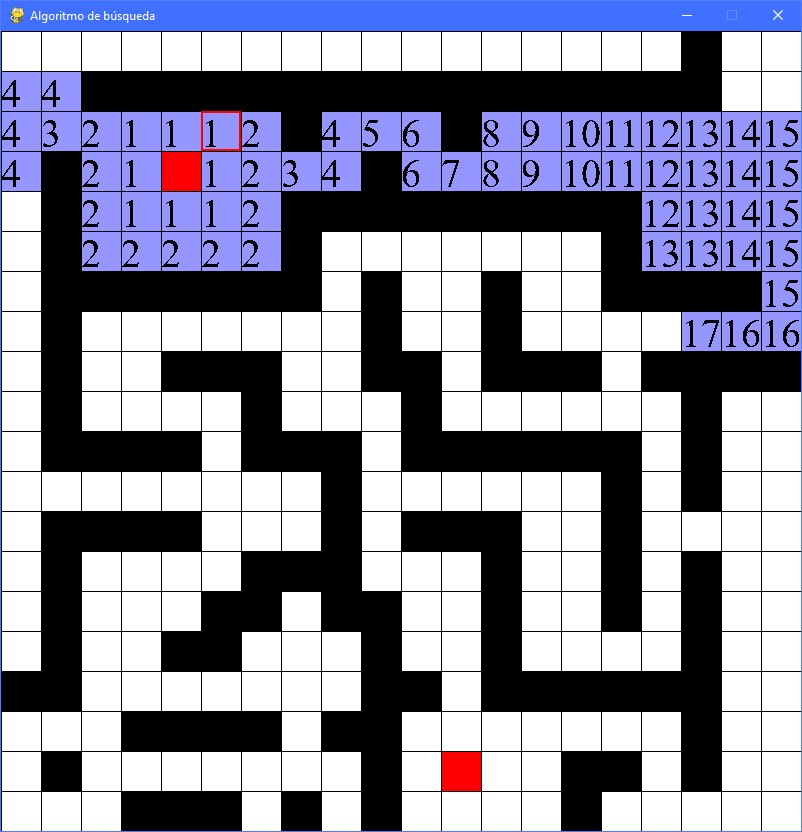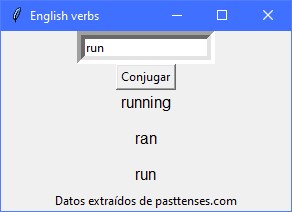
Noticiar
AI-powered TikTok-like web app of unbiased daily news on what matters to you in just two minutes.

AI-powered TikTok-like web app of unbiased daily news on what matters to you in just two minutes.

App to log your physical state in a simple yet complete manner.
Official website of the Siderplast S.A. company, including both the e‑commerce and the ERP.
1v1 online multiplayer platform fighter video game prototype with a retro aesthetic, inspired by Spelunky's deathmatch.
Mobile app designed to help gamers discover new games to play. You can search for games by similarity or use a variety of filters.

Prototype remake of Awesome Tanks 2 made with pygame, featuring WASD movement, mouse aiming, and a CSV level editor.
Speedrun platformer with dash ability and a light ray behind you, remake of Jueguito Piola with updated sprites and style.
Mobile app for Spanish speaking users learning English to save unknown words and practice vocabulary with translations, images and audio.

Desktop application to play 9×9 and 4×4 sudokus with random generation, difficulty levels, and solution checking.

Desktop application using Selenium for dynamic web scraping to analyze NASDAQ stock trends with filtering by company, sector, and time period.
Mobile platformer speedrun game where you race against a light ray behind you and get electrocuted if you stay still, featuring dash mechanics.
Casual mobile endless game with a spaceship that destroys asteroids while avoiding destruction, designed to be satisfying.

Prototype of a platformer video game where players create their own platforms by drawing them with the mouse.
Simple arcade mobile game where you dodge obstacles falling from above by moving horizontally, featuring global leaderboards via Play Games API.

Visualization of A* search algorithm made with pygame.

Simple web scraper app to conjugate English verbs.

A cool geometric pattern created using Python's Turtle graphics library.
Platformer video game prototype where you must beat each level before time runs out, with coin collection for extra seconds.
Video game where you have to collect all the coins you can, avoiding the obstacles that appear every time you collect a coin.

Web scraper with GUI to find cheap mobile phones on Mercado Libre, analyzing descriptions to filter out broken phones automatically.

The well-known Snake game, completely made from scratch with Python and Pygame using my 13-year-old brain.

The second video game I ever made and my first platformer, featuring 5 challenging levels with annoying game mechanics.

The first video game I ever made where a fish follows your cursor to avoid falling toxic waste that gets faster over time.